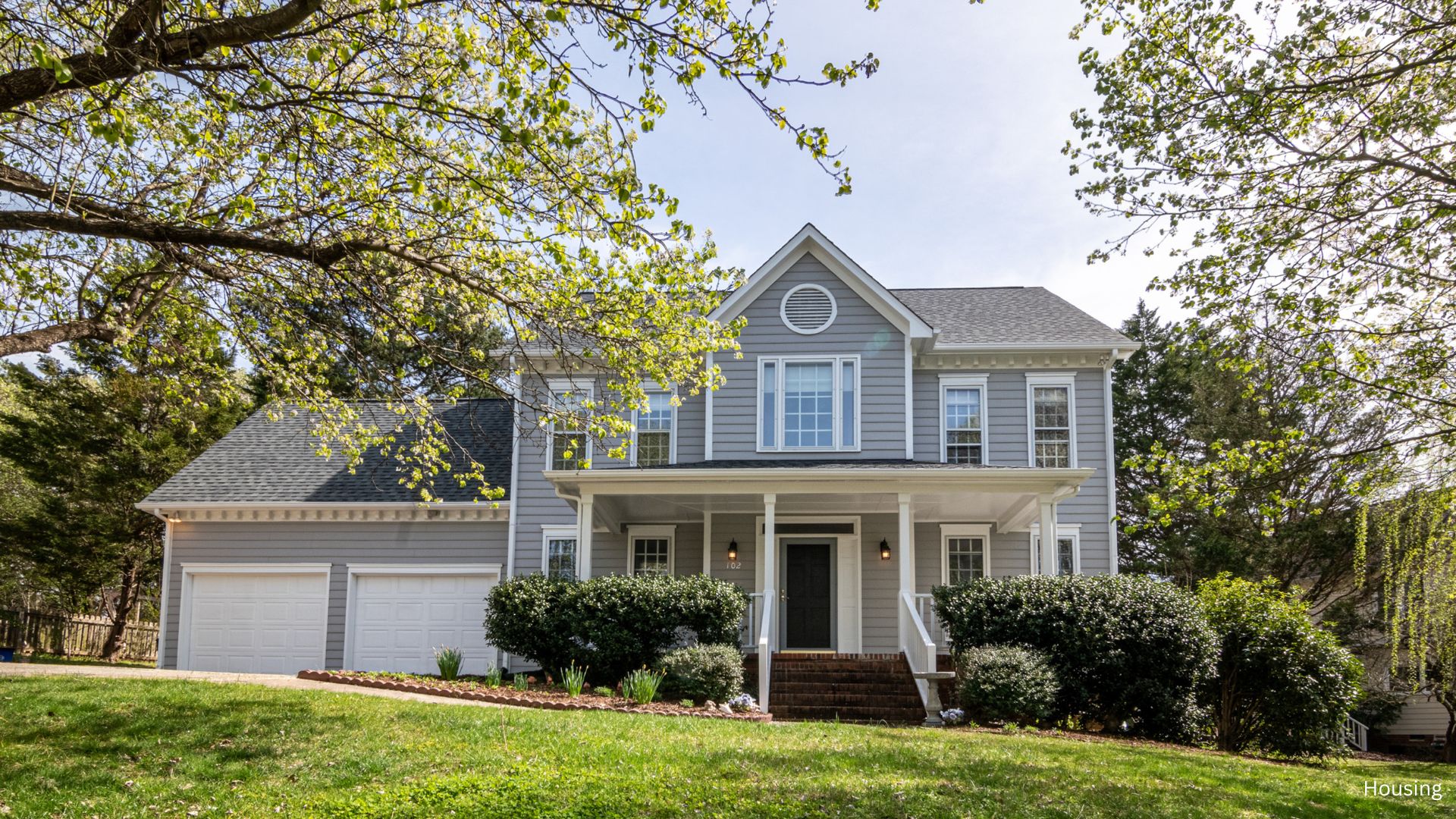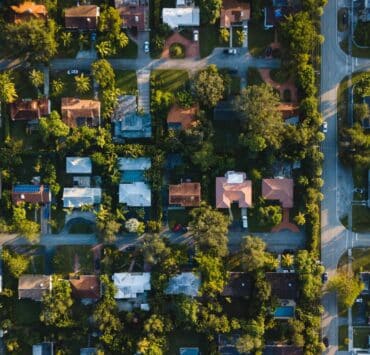In today’s housing market, rising costs are affecting everyone, but recent studies show that women spend more on housing than men. While the general rule suggests that housing expenses should not exceed 30% of one’s income, many Americans—especially women—are surpassing this guideline. According to a recent survey from CardRates.com, women are more likely to allocate a higher percentage of their income toward housing costs compared to men. But why is this the case? Let’s dive deeper into the factors contributing to this disparity.

Understanding the Gender Gap in Housing Costs
The study revealed that nearly 79% of women spend more than 31% of their monthly income on housing costs, compared to 71% of men. Additionally, a significant portion of women—about 9%—spend nearly their entire income on housing expenses, far higher than the 2.5% of men in the same situation. This raises the question: what drives women to spend so much more on housing?

Why Women Spend More on Housing
There are several reasons women spend more on housing. One of the most compelling is women’s willingness to make sacrifices in other areas of their lives to secure homeownership. According to the Urban Institute, women are more likely to prioritize homeownership, despite often earning less than men. Women view housing as a critical investment, both for long-term security and family stability.
Moreover, safety and security are top priorities for women when selecting a place to live. Women are willing to pay more for homes in safer neighborhoods or with better security features, such as gated communities or properties with doormen. This often means stretching their budgets beyond the 30% rule to ensure peace of mind.
The Long-Term View: Investing in a Home
Women also tend to see housing as a long-term investment. Many female homeowners prioritize finding a home that meets their long-term goals, even if that means spending a larger percentage of their income upfront. This contrasts with the tendency of men to focus more on affordability. Female buyers are more likely to consider factors like school districts, community amenities, and future resale value, which often come with a higher price tag.

Financial Sacrifices for Stability
Despite earning less than their male counterparts, women are more likely to make financial sacrifices to own a home. Data from the U.S. Bureau of Labor Statistics shows that women’s median weekly earnings are only about 83% of men’s. Yet, women are still willing to devote more of their income to housing, valuing the stability and security that homeownership provides. This often results in tighter budgets for other expenses, but the trade-off is considered worth it for many women.
Why Women Are Willing to Spend More
In the end, women spend more on housing for reasons that go beyond mere shelter. They prioritize safety, long-term goals, and financial stability, even if that means stretching their budgets. With women increasingly becoming primary breadwinners and sole decision-makers, it’s clear that housing is a significant, long-term investment for many. While the gender pay gap persists, women are making bold financial moves to ensure they secure the homes that meet their needs, no matter the cost.
Related posts:
 Reverse Mortgage: Understanding What It Is and How It Works
Reverse Mortgage: Understanding What It Is and How It Works
 9 Quietest Place to Live in America
9 Quietest Place to Live in America
 Mortgage Rate Drop This Fall 2024: What Homebuyers Need to Know
Mortgage Rate Drop This Fall 2024: What Homebuyers Need to Know
 Renting is Cheaper Than a Starter Home: Why Renting Can Save You Thousands
Renting is Cheaper Than a Starter Home: Why Renting Can Save You Thousands
 Kamala Harris Presidency: What It Could Mean for the Housing Market
Kamala Harris Presidency: What It Could Mean for the Housing Market



